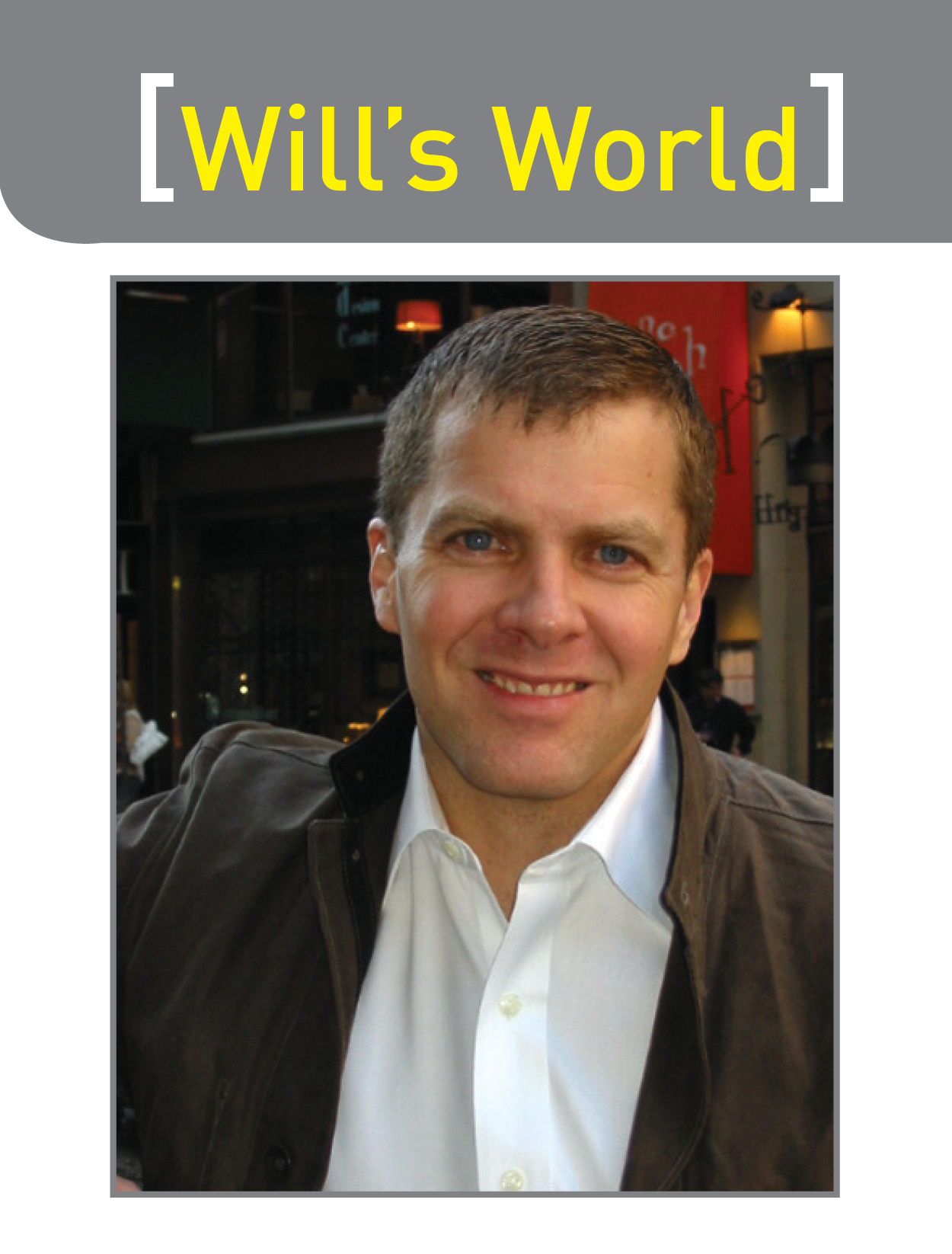By Will Carlin
The number seven is considered a lucky number in cultures and mythology ranging from ancient Hindi mythology through all three major monotheistic religions to Harry Potter. Though many of its powerful properties are well known, there are many that are, well, unexpected.
Did you know, for example, that seven is the number of spots on a common ladybug? Or that all mammals’ necks have seven bones? Or how about the fact that there is an easy test1 to determine if a number is divisible by seven?
Perhaps, then, it is fitting that 2007 was a year with a host of surprising occurrences—things that seemingly happened out of the blue or that bucked recent trends. Here are my top seven…
7. Rachael Grinham Wins the British over David
After winning her first world championship last year, many squash observers were giving Nicol David the British Open crown before the tournament began, but Rachael Grinham took her third British title after being down a match ball in the fourth game. David is the future of women’s squash, but the other women aren’t going to give it to her.
6. Blatchford Wins at the British Juniors
Only 13 years old and seeded in the 5/8 group at the British Open U15 Girls Championship, Olivia Blatchford from Brooklyn came back from 1-2 down in games and 0-7 in the fourth to win the title against Malaysia’s Wee Nee Low, 5, (6), (2), 7, 2. Her stunning result prompted renowned squash writer Colin McQuillan to say that she “could grow to be a serious hope for a homebred US No. 1 on the international circuit.”
5. The French take the British, and the Brits conquer the US
Egypt has the most players currently in the top ten, the world’s number one player (Amr Shabana) and the player many think will become the next number one (Ramy Ashour). But at the British Open, Gregoiry Gaultier and Thierry Lancou, two Frenchmen, were the two finalists, with Gaultier adding a British to his US title from last year. And at this year’s US Open, the two Egyptians were the top two seeds, but Nick Matthew and James Willstrop, two longtime friends from England, were the finalists, with Matthew overcoming Willstrop in the finals. Confounding results, but great for squash.
4. A Match for the Ages in the TOC Quarters
A year after Jon Power and Peter Nicol retired, the Bear Stearns Tournament of Champions crowd settled in for the night of quarterfinals hoping that they might see something inspiring. What they saw instead was one of the most memorable matches by the next generation of great players. Ramy Ashour and James Willstrop played a four-game, hour-long match that showed that aggressive shotmaking is the calling card of this generation in the same way that penetrating length and drives were of the past. When Ashour won it with a behind-the-back cross-court nick, even their peers were gasping at both players’ sustained brilliance.
3. Julian Illingworth Upsets Defending Pan Am Games Champ, takes Silver
Julian Illingworth cemented his hold on the US No. 1 spot by again beating Preston Quick in the finals of the Nationals, but it was his performance at the Pan Am Games that was the highlight of the year. Knocking off defending Pan Am Games champ and World No. 26 Shahier Razik of Canada in the quarters, Julian was able to keep it going in the semis by coming back from 2-1 down and beating World No. 46 Miguel Angel Rodriguez of Colombia. His silver medal was the highest US men’s medal finish in Pan American history (Preston Quick won bronze in 2003) and was the first time a US man made it to the individual Pan American finals.
2. World No. 7 Natalie Grainger Becomes US Citizen, Wins Gold
Former world number one player, current president of WISPA, and decade-long resident in the world top ten, Natalie Grainger became a US Citizen in February (while ranked No. 7) and promptly served notice that she here by winning the Nationals and then taking Gold at the Pan Am Games without dropping a game, leading the US team to a Silver team medal. Her leadership, superb play, and exemplary sportsmanship will have long-lasting effects on squash in the US.
1. The Tipping Point for Urban Squash
It has been coming for a while, but in 2007, a lot happened all at once. It is urban squash, and it all started with Greg Zaff, the visionary behind the original SquashBusters in Boston and the first chair of the National Urban Squash Education Association. In his first year, Zaff saw the second urban squash facility open its doors to the Philadelphia squash community. The Lenfest Center follows the Badger & Rosen facility in Boston and the Stephen L. Green StreetSquash Community Center in Harlem is nearing completion. SquashBusters (MA), StreetSquash (NY), CitySquash (NY), SquashSmarts (PA), and MetroSquash (IL) are all members of the NUSEA and there are burgeoning programs in New Haven (SquashHaven) and Washington, DC (DC Squash Academy). This is something we all should feel good about.
(Footnotes)
1 For any number: remove the last digit, double it, and subtract it from the remaining digits. If the result is negative and there are two or more digits, drop the negative sign. Repeat until you end up with a result that is a multiple of seven (i.e., -7, 0, or +7). For example, the number 1358 is evenly divisible by seven, since:
135 – (8*2) = 119 and 11 – (9*2) = -7.



